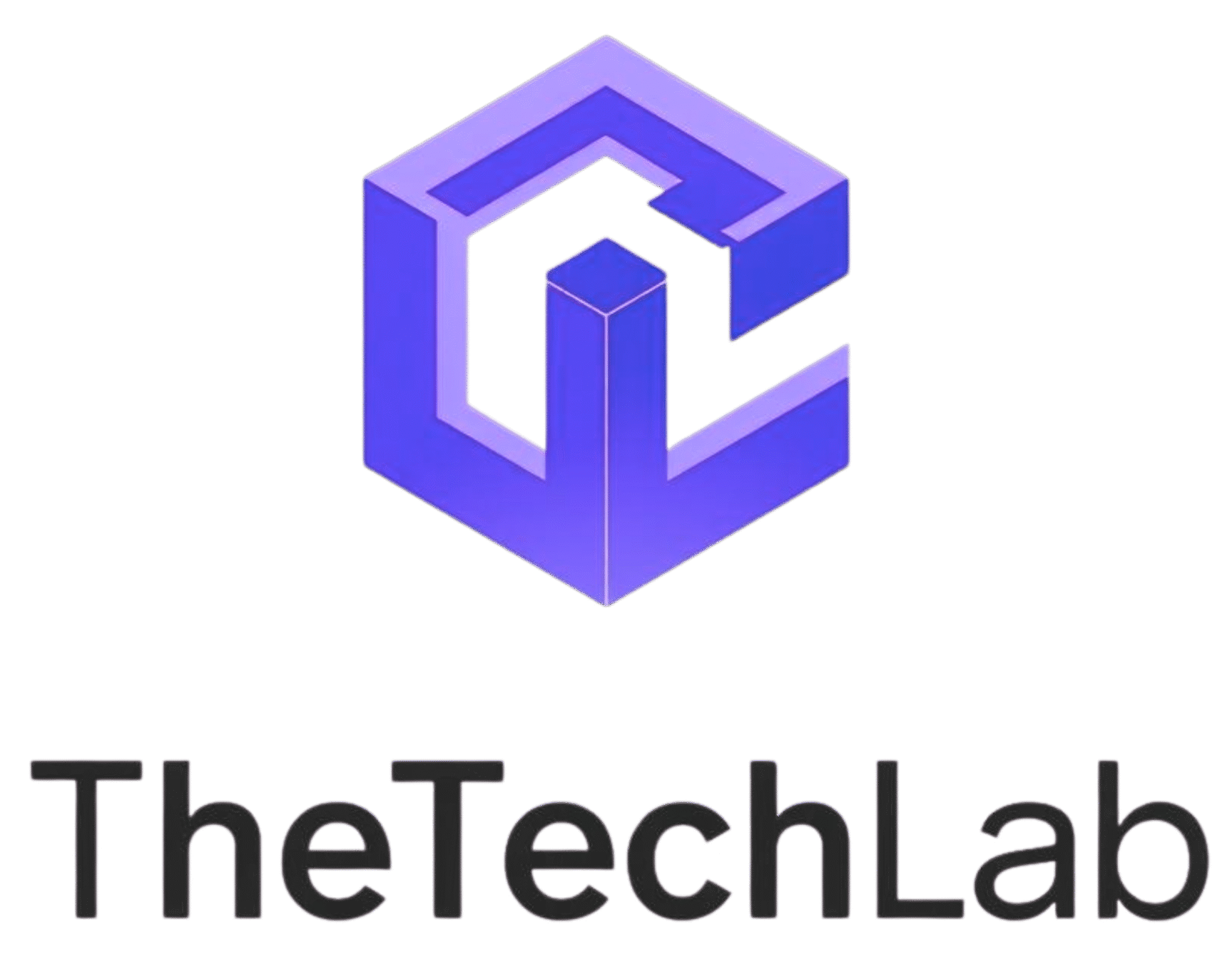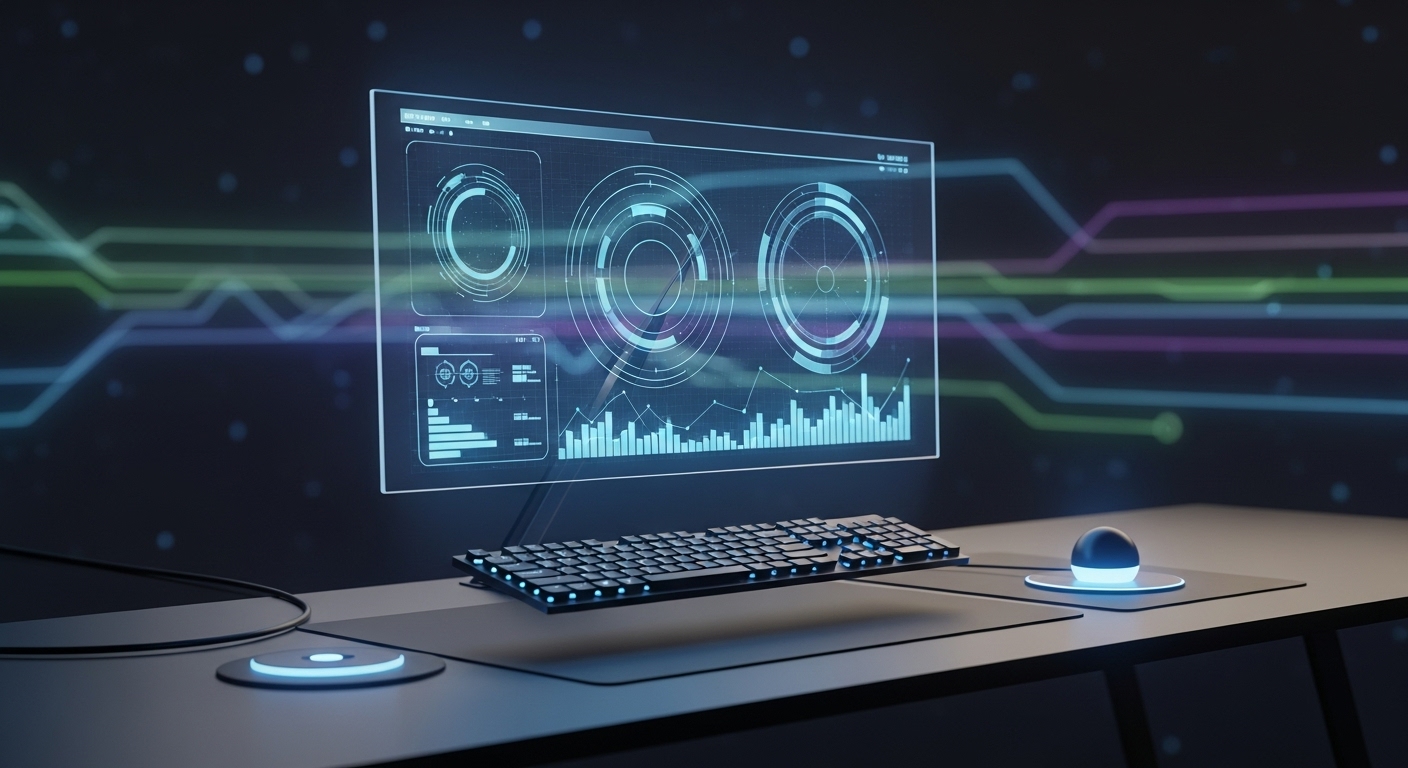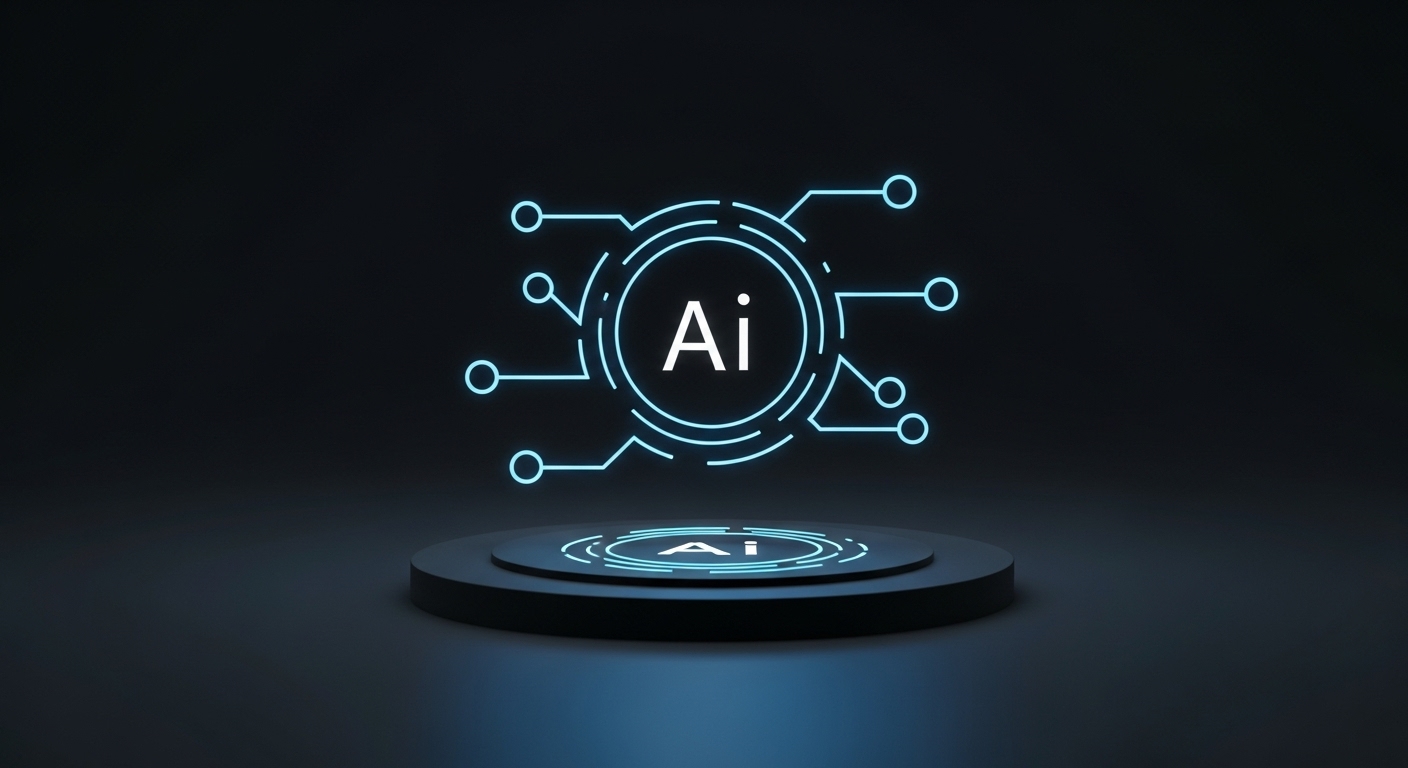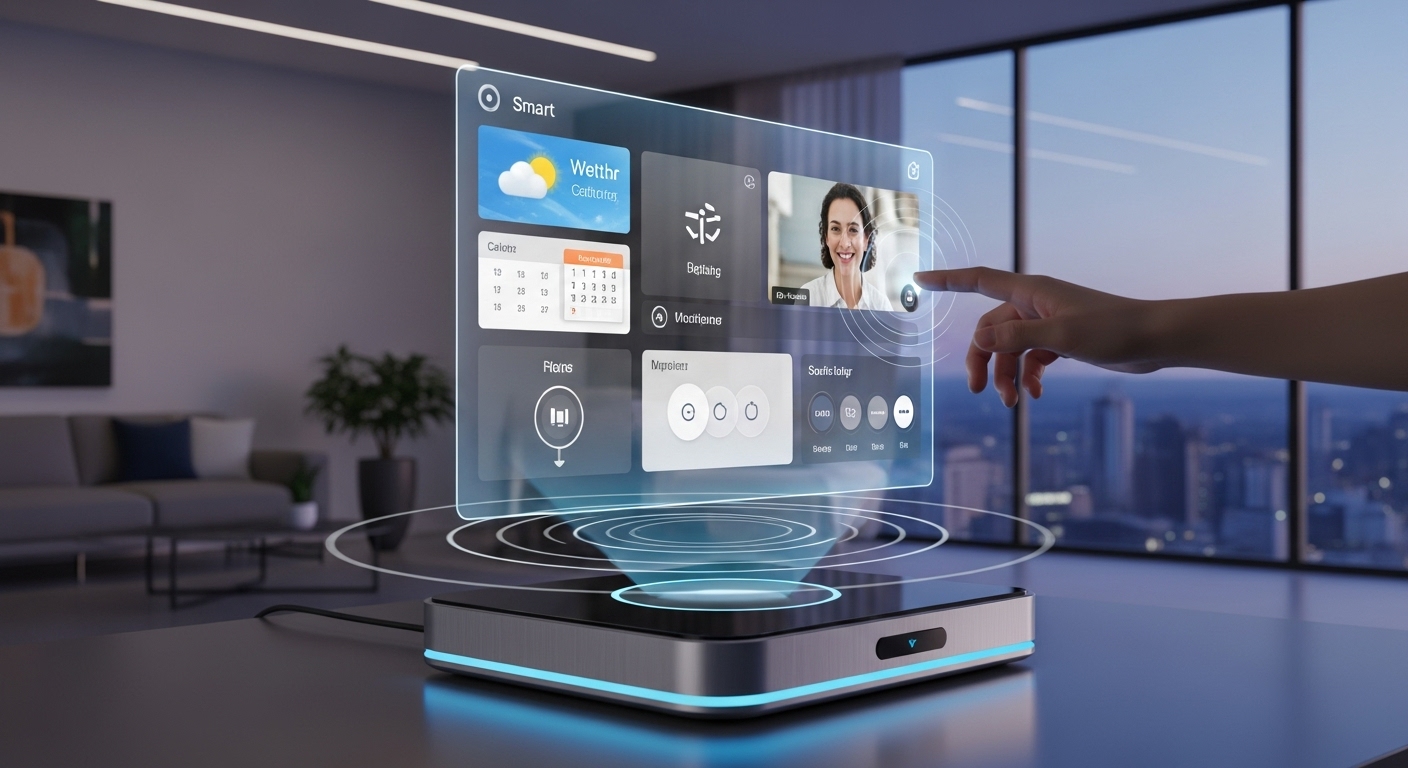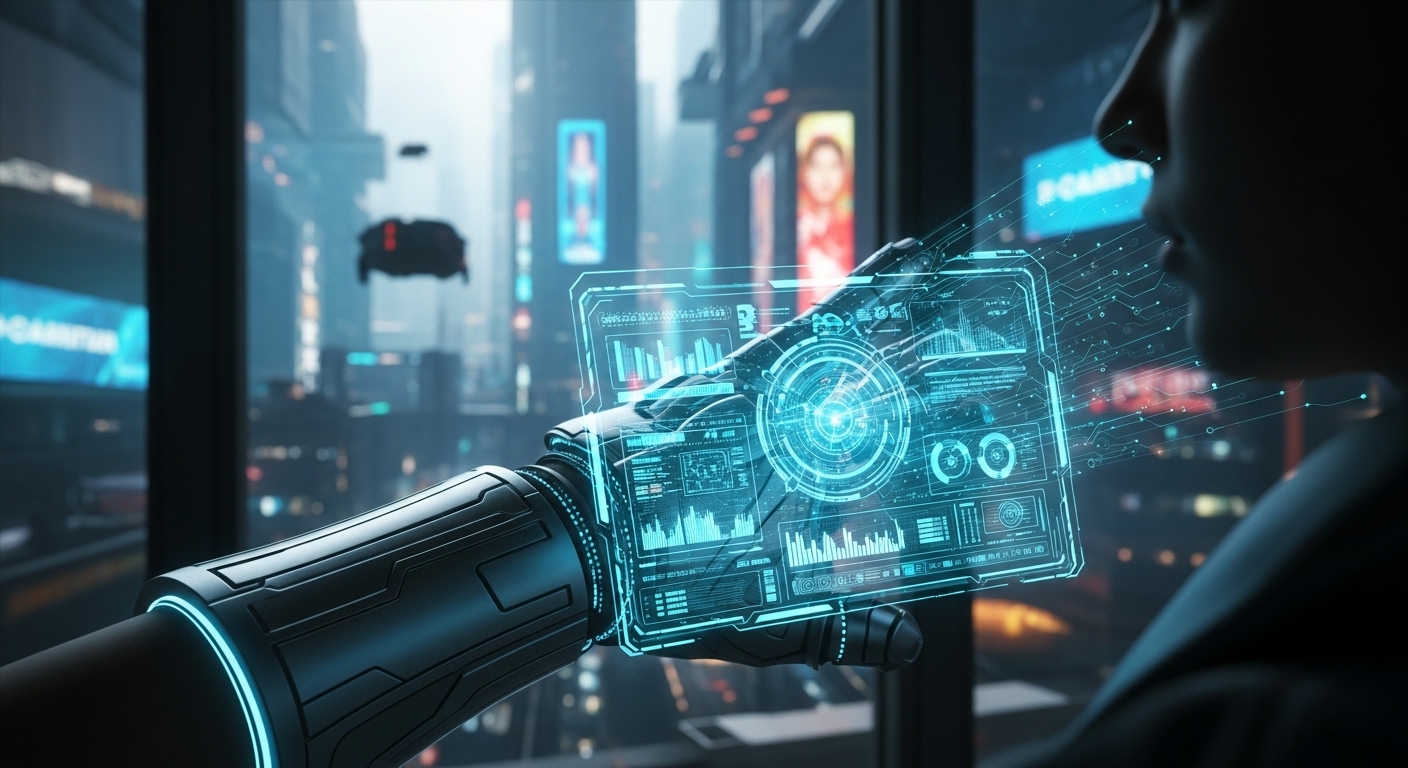Introduction
Technology has become the heartbeat of the modern age, shaping everything from how we communicate to how we learn, work, and live. It is not just a collection of tools or machines but the foundation upon which human progress stands. Every innovation, from the invention of the wheel to the development of artificial intelligence, reflects humanity’s endless pursuit of improvement and efficiency.
In today’s world, technology is no longer a luxury or a convenience—it is a necessity. It influences the global economy, education, healthcare, art, and even human relationships. The digital revolution has blurred the boundaries between science and creativity, making innovation a universal language understood by all.
This blog explores the vast world of technology—its history, evolution, and impact on society. It looks at how technological advancement has changed industries, reshaped human behavior, and continues to redefine what is possible in every corner of the world.
The Early Evolution of Technology
Technology has always existed as a tool for survival and progress. The earliest humans used stones and sticks as instruments for hunting and protection. Over time, those primitive tools evolved into more complex inventions like the wheel, plows, and metalwork. These early breakthroughs laid the groundwork for civilization itself.
When societies began to grow, so did their technological needs. The discovery of fire changed cooking and living. The invention of writing revolutionized communication and record-keeping. Ancient civilizations like Egypt, China, and Greece were pioneers in engineering and mathematics, using technology to construct wonders like the pyramids, aqueducts, and temples that still inspire awe today.
The pace of innovation quickened during the Middle Ages and the Renaissance, where the printing press, compass, and mechanical clocks marked milestones that connected people and ideas across continents. By the time of the Industrial Revolution, technology had become the primary driver of social and economic change. Machines replaced manual labor, steam powered factories, and the world entered a new era of production and discovery.
The Digital Revolution
The twentieth century ushered in an even greater transformation—the digital revolution. It began with the invention of the computer, an innovation that would forever alter the course of human history. Early computers were large, complex, and expensive machines used mainly by governments and research institutions. But within a few decades, rapid development made computing accessible to the public.
The emergence of personal computers democratized information and creativity. Suddenly, ordinary people could process data, write, design, and play within the confines of their homes. Then came the internet—a revolutionary network that connected the world like never before. Information that once took days or weeks to send could now be shared instantly across the globe.
The digital revolution redefined communication, business, and education. Emails replaced letters, online stores replaced marketplaces, and knowledge became available at the click of a button. This era turned the world into a global village where boundaries mattered less and innovation mattered more.
Technology and Communication
Among the most profound changes technology has brought is the transformation of communication. From handwritten letters to instant video calls, the journey of human connection has been shaped by invention.
The telephone allowed voices to travel across distances, making personal and business communication faster and more efficient. Later, the internet introduced email and instant messaging, shrinking the world even further. Today, social media platforms, video conferencing, and virtual reality enable real-time communication across continents.
This evolution has changed not only how people talk but how they relate to one another. Technology has created new communities, empowered activism, and even shaped politics. Information spreads faster than ever, allowing societies to organize, learn, and collaborate on a global scale.
Yet, this convenience also brings challenges. The rise of digital communication has created issues of privacy, misinformation, and overdependence on screens. Still, the benefits outweigh the drawbacks, as technology continues to enhance human connection and understanding.
The Role of Technology in Education
Education has always been the cornerstone of progress, and technology has transformed how people teach and learn. Classrooms once limited by geography and resources have expanded into global networks of shared knowledge.
Digital tools such as tablets, laptops, and online learning platforms have made education more interactive and inclusive. Virtual classrooms now reach students in remote regions, giving them access to high-quality learning resources. Artificial intelligence can tailor lessons to individual needs, helping students learn at their own pace.
Technology also fosters creativity and critical thinking. Students can explore complex subjects through simulations, conduct research instantly, and collaborate with peers worldwide. The future of education will likely be a blend of physical and digital environments, where technology acts as both a teacher and a partner in discovery.
Technology in Healthcare
Perhaps no field has benefited more from technological advancement than healthcare. From diagnostic tools to life-saving surgeries, technology has revolutionized medicine in ways unimaginable a century ago.
The development of imaging devices such as X-rays, MRIs, and CT scans allows doctors to see inside the human body without invasive procedures. Robotic surgery enables precision and faster recovery times. Digital health records improve coordination between medical professionals, while telemedicine brings care to those unable to visit clinics physically.
Artificial intelligence is now being used to predict diseases, analyze data, and recommend treatments. Wearable devices track heart rate, sleep, and activity, giving individuals greater control over their health. These innovations are not only saving lives but also improving quality of life and extending human longevity.
As technology continues to merge with biology through genetic research and biotechnology, the future promises cures for diseases once thought incurable and a deeper understanding of what it means to be healthy.
The Impact of Technology on Business
The business world has undergone one of the most dramatic transformations due to technology. Automation, data analytics, and artificial intelligence have redefined how companies operate, compete, and grow.
Manufacturing processes are now more efficient due to robotics and computer-controlled systems. Data-driven insights help companies predict trends, personalize customer experiences, and optimize operations. The rise of e-commerce has turned local businesses into global enterprises overnight.
Remote work technologies have changed traditional workplaces, allowing flexibility and global collaboration. The cloud has replaced physical storage, making it easier for companies to share and protect information.
However, with these advancements come challenges such as cybersecurity risks and the ethical use of data. Businesses must balance innovation with responsibility to build trust and sustainability in the digital economy.
Artificial Intelligence and the Future of Automation
Artificial intelligence, or AI, represents one of the most transformative technological breakthroughs of our time. Unlike earlier tools that required direct human input, AI can analyze, learn, and make decisions independently.
AI powers everything from voice assistants and recommendation systems to self-driving cars and advanced robotics. It helps doctors diagnose diseases, assists teachers in managing classes, and guides businesses in making smarter decisions.
Automation driven by AI is reshaping the workforce, reducing repetitive labor, and allowing humans to focus on creativity and problem-solving. However, it also raises questions about job displacement, ethics, and the definition of intelligence itself.
The future will likely be a partnership between humans and intelligent machines. Together, they can achieve efficiency, innovation, and discovery at levels never before imagined.
The Internet of Things and the Connected World
The Internet of Things, often referred to as IoT, connects everyday objects to the digital world. From smart refrigerators that track groceries to wearable devices that monitor fitness, IoT is weaving technology into the fabric of daily life.
In homes, smart systems control lighting, temperature, and security with simple voice commands. In cities, connected infrastructure manages traffic, energy use, and waste more efficiently. In industries, IoT devices optimize production lines and supply chains.
The result is a more responsive and intelligent environment, one that learns from human behavior and adapts to needs in real time. As IoT grows, it will continue to blur the line between the physical and digital worlds, creating a truly interconnected planet.
Cybersecurity and the Importance of Protection
With great connectivity comes great vulnerability. As people depend more on digital systems, cybersecurity has become a critical concern. Data breaches, hacking, and online fraud threaten both individuals and organizations.
Protecting digital assets requires constant vigilance. Encryption, firewalls, and secure authentication methods help safeguard information. Artificial intelligence is now being used to detect suspicious activities and prevent cyberattacks before they occur.
Governments, businesses, and individuals must collaborate to establish ethical standards and robust defenses in cyberspace. Cybersecurity is not just about protecting data—it is about preserving trust, privacy, and the integrity of digital life.
Technology and Human Behavior
Technology does not just change industries; it changes people. It influences how humans think, interact, and perceive the world.
Social media has redefined relationships, giving everyone a platform to express opinions and creativity. Smartphones have made life more convenient but also more dependent on instant gratification. The constant flow of information has expanded awareness while sometimes overwhelming the mind.
Balancing technology with mindfulness has become essential. People must learn to use technology as a tool, not a master. When used wisely, it enhances productivity, creativity, and communication. When misused, it can lead to isolation and distraction.
The relationship between humans and technology is one of partnership. The more consciously people use it, the more it can serve as a bridge to knowledge and understanding.
Sustainability and Green Technology
In recent years, sustainability has become one of the most important goals of technological innovation. As climate change and environmental degradation threaten the planet, technology is being harnessed to create cleaner, greener solutions.
Renewable energy sources such as solar, wind, and hydroelectric power are replacing fossil fuels. Electric vehicles are reducing emissions, while smart grids make energy use more efficient. Waste management technologies are turning pollution into new materials, and sustainable architecture is redesigning cities to coexist with nature.
Green technology is not only about reducing harm but about creating systems that work in harmony with the environment. The future of innovation depends on balancing progress with responsibility to ensure the planet remains livable for generations to come.
The Role of Technology in Art and Creativity
Art and technology may seem like opposites, but in truth, they have always inspired one another. Modern technology has opened new horizons for creative expression. Digital art, virtual reality installations, and computer-generated music show how innovation can transform imagination.
Filmmakers use visual effects to tell stories once impossible to visualize. Musicians use digital tools to compose symphonies from their laptops. Even painters and sculptors incorporate technology to experiment with form and interactivity.
The fusion of art and technology proves that machines cannot replace creativity—they amplify it. Human imagination remains at the center of every technological masterpiece.
The Global Divide and Access to Technology
While technology connects billions, not everyone benefits equally. The digital divide—the gap between those with access to modern technology and those without—remains a major issue.
In many parts of the world, access to the internet, education, and digital tools is limited. This gap hinders social and economic growth. Bridging it requires investment in infrastructure, education, and innovation.
A truly advanced world is one where technology empowers everyone, regardless of geography or income. Equal access to digital tools is essential for building a fair and inclusive future.
The Future of Technology
The story of technology is far from over—it is accelerating. Emerging fields like quantum computing, biotechnology, and artificial intelligence will redefine what is possible in science and society.
Quantum computing promises to solve problems far beyond the capabilities of current machines. Biotechnology will merge technology with biology, unlocking cures and enhancements that change human life itself. Space technology will expand humanity’s reach beyond Earth, exploring the universe not as dreamers but as pioneers.
These advancements come with responsibility. The future of technology must be guided by ethics, compassion, and sustainability to ensure progress benefits all of humanity.
Conclusion
Technology is the greatest testament to human ingenuity. It is a force that transforms, empowers, and connects. From ancient tools to advanced algorithms, it tells the story of humanity’s constant desire to evolve.
The world stands on the threshold of new discoveries that will redefine every aspect of existence. Yet, the true power of technology lies not in machines or codes, but in the minds and hearts of those who create and use them.
When guided by wisdom and purpose, technology becomes more than a convenience—it becomes a bridge between imagination and reality, a tool for equality, and a symbol of what humanity can achieve when it dares to dream.
